
The purpose of this lab is to help you understand the basic anatomy of flowers, fruits & seeds and to make the conceptual links between them.
This lab will be a little different from others because we will have a lot of demonstrations of macroscopic and microscopic specimens which are related.
I am going to group things in Families as much as possible. This does NOT mean that these specimens are the most representative for that family. Family groupings may, however, help you understand and remember the structural connections between the Macroscopic and Microscopic.
FLOWERS

When you examine Flowers you should try to see the following.
Flower Organs: Note the presence or absence of Sepals, Petals, Stamens and Carpels.
Determine the Floral Symmetry (Actinomorphic vs Zygomorphic)
Look for Coalescence and Adnation.
Determine whether the Flowers are Hypogynous, Perigynous or Epigynous.
Determine whether the Placentation is Marginal, Parietal, Axile or Central.
Fruits

Due to the various developmental stages of fruits available, it may not be possible to determine all of the below from lab specimens. Illustrations in this document and from your lecture pages should help to fill in the missing data.

Note whether the Fruits are Simple, Aggregate or Multiple.
Determine whether the fruits are Fleshy or Dry at maturity.
Are they Dehiscent or Indehiscent?
Are the fruits Accessory?
Specifically identify the Fruit Type.
SEEDS

Examine the Seed Coat and note the presence of Sclereids.
Locate the Cotyledon(s) and/or Endosperm.
Note the Primary Storage Products (Only for specific DEMOS)
Locate the Embryonic Axis with its Root & Shoot Apical Meristems and note the locus of Cotyledon attachment.

Fabaceae (Leguminosae)
Solanaceae (Tomato/Potato Family)
Rutaceae (Citrus Family)
Papaya (Carica papaya)
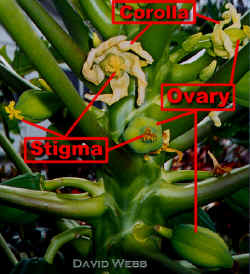 Papaya Flowers & Fruits |
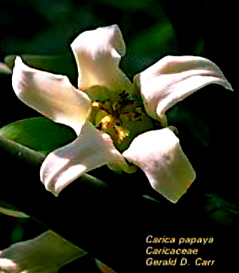 Papaya Flower |
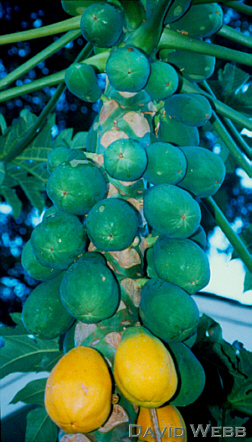 Papaya Fruits |
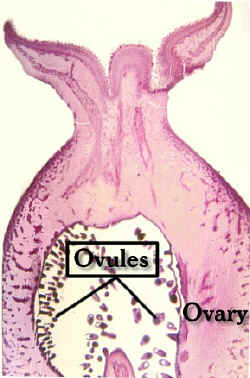 Papaya Gynoecium: Long Section |
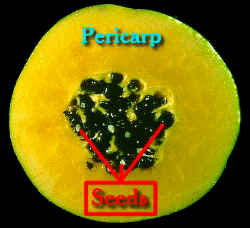 Cross-Section of a Mature Papaya Fruit |
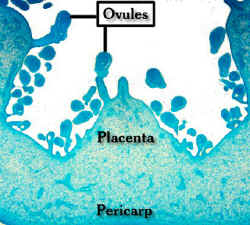 Microscopic View of an Immature Papaya Ovary with Parietal Placentation. |
Guava (Psidium guajava) Myrtaceae
Cucurbitaceae (Cucumber Family)
Liliaceae & Agavaceae
Malvaceae (Hibiscus Family)
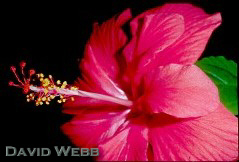
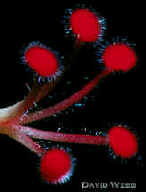 Stigmas!!!!! |
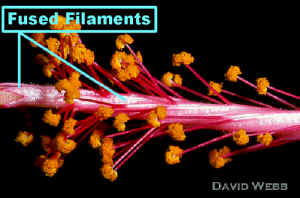 Stamens!!!!!!!! |
| View Cross-Section of Cotton Ovary!!! | |
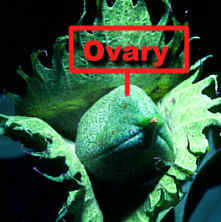 Cotton Immature Fruit |
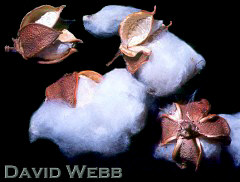 Cotton Mature Fruit: Find the Seeds!!! |
|
|
Asteraceae (Composite Flowers)
Cereal Fruit
Multiple
Fruits
We will use Noni, Pineapple and Breadfruit to illustrate Multiple Fruits
Types of Placentation